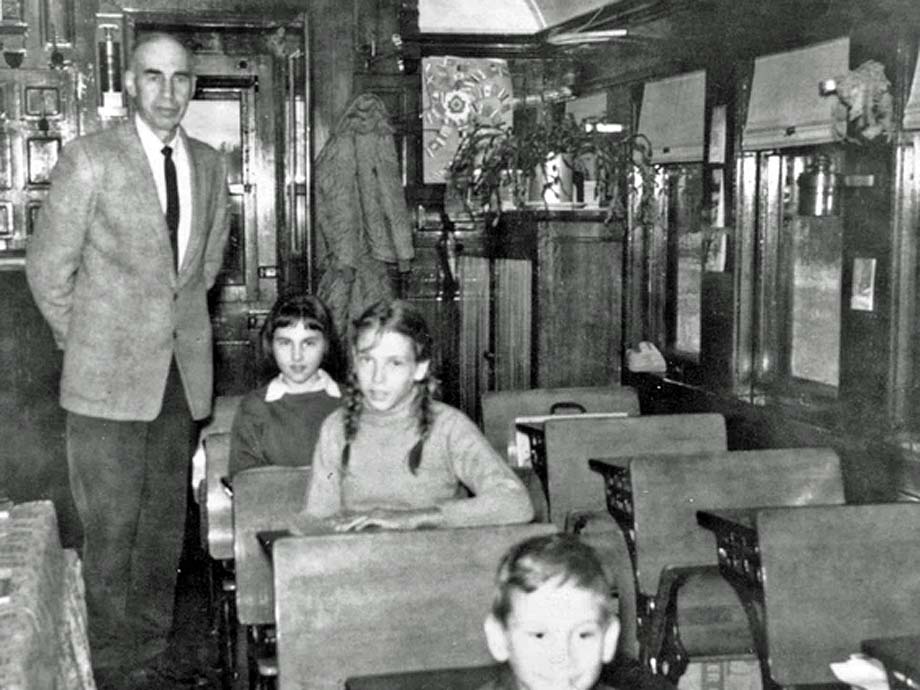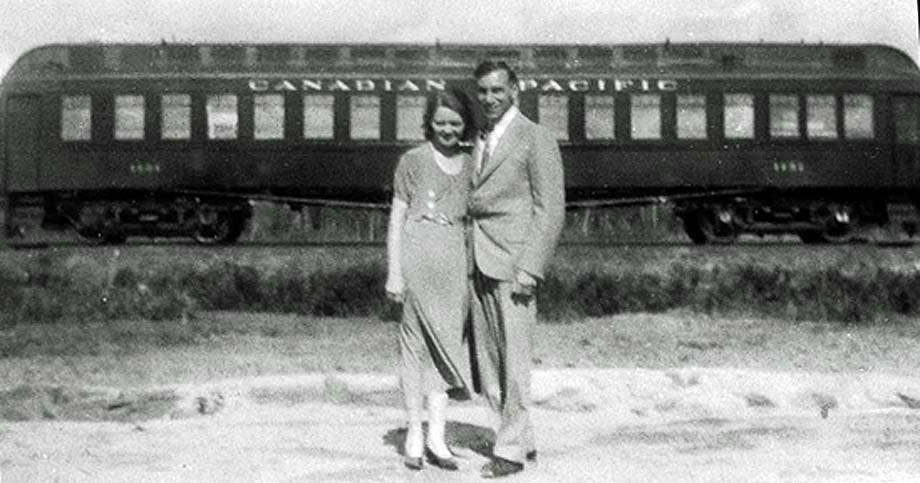
Exeter Ontario - Bonnie Sitter's work to preserve history has long been expressed in book form, but
she'll soon see her efforts told on the stage and on screen.
Author and photographer Sitter spoke to the Probus Club of Exeter at Precious Blood Church on Wednesday,
17 Jan 2024.
Her talk focused on her 2020 book, "On the Wright Track", which tells the story of Ontario's school rail car
program in northern Ontario and features the memories of the Wright family.
Bill Wright was a teacher, and he and his wife Helen raised four children on their school car, which travelled to
communities between Chapleau and White River starting in 1928.

The book features letters and speeches from Bill and Helen, as well as the memories of their
children.
Sitter said the school car system, which was originally intended to be a six-month experiment, started in northern
Ontario in 1922 and lasted until 1967.
At one point, there were seven rail routes providing education to children.
"The six-month experiment lasted about 40 years," Sitter said of the school car system.
Many of the students couldn't speak English and were from families who had immigrated to Canada to work as loggers,
miners, and trappers.
"The first step is to teach them some English and get them on the road to success," Sitter said.
Some students had to walk miles through the bush to get to the school cars for their schooling.
When hiring teachers, the Department of Education looked for people who could handle living in the north, Sitter
said.
Classrooms were about 2.7 metres wide and 6.7 metres long, with 12 desks.
Each school car had its own library for children and adults, and Sitter said the adults would come at night to learn
English.
She said there was no playground for the children since their school car was surrounded by train tracks, as well as
passing freight and passenger trains.
"It wasn't an easy life at all," she said of the teaching families who lived on the school cars.
"I think they would get cabin fever sometimes."
Teachers would teach the students in one community for about five days, leave enough homework for four to five weeks,
move onto the next community, and then return in a month to check the students' work.
"You had to be really dedicated," Sitter said of working on the school cars.
"It was a good system, it really helped the north. Every child was welcome, there was no child that was turned
away," she added.

While Sitter's book on Ontario's school cars came out about four years ago, she hasn't stopped working on the
subject.
She's now writing a book about Clinton's Fred Sloman, who taught in the school car system and lived in the school car
quarters with his wife Cela and their five children.
The Sloman school car now sits in Clinton's Sloman Memorial Park as the CNR School on Wheels Museum.
Scott Nixon.
 Article abridged - non-railway data removed.
Article abridged - non-railway data removed.
(likely no image with original article)
(usually because it's been seen before)
provisions in Section 29 of the
Canadian Copyright Modernization Act.
